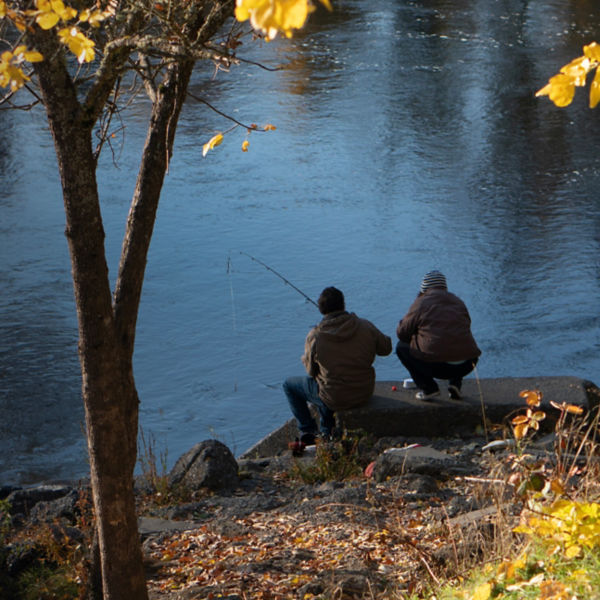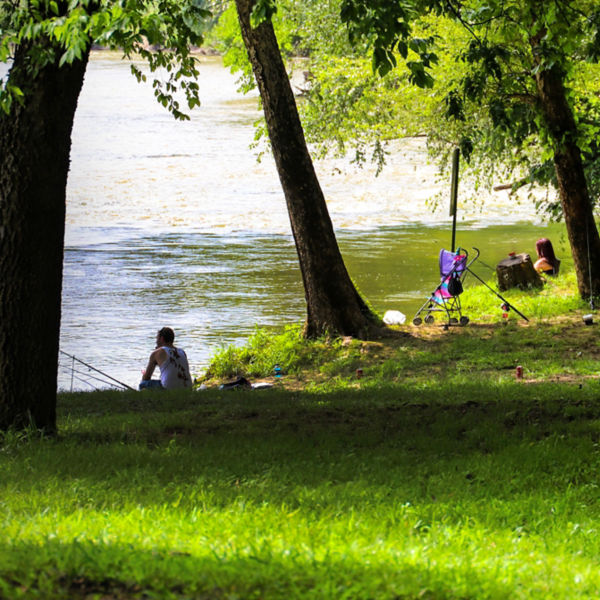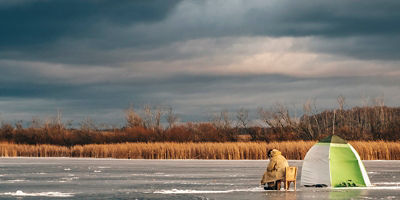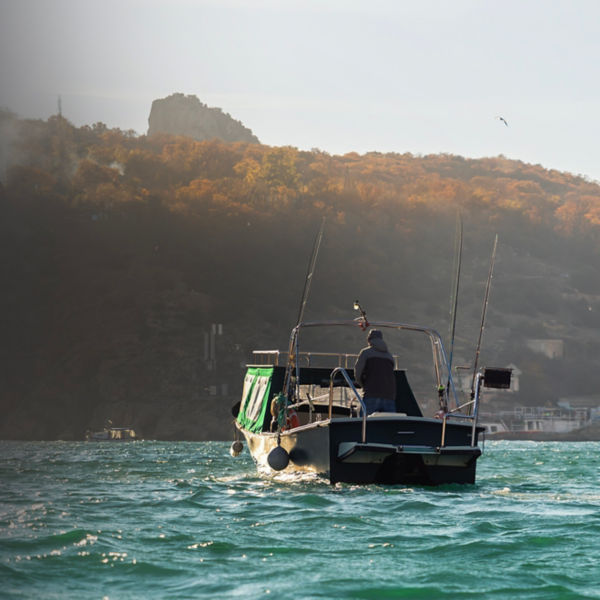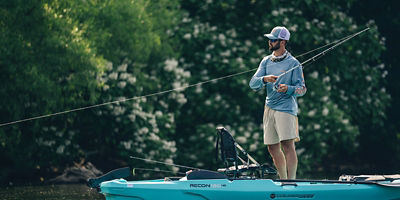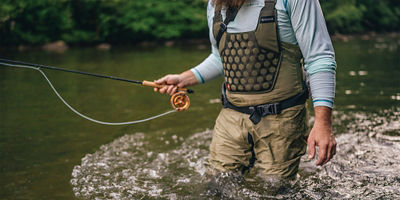
If you’re an angler who’s ready to upgrade their fishing kit from the beginner basics, adding a few new tools and choice goods can greatly increase your success in finding fish, hooking fish, landing fish, and, if it is your prerogative, eating fish. While a great angler cannot rely entirely on their equipment, certain gear items can greatly increase your chances for success in water all over the world. If you’re ready to take your setup to the next level, here are some of the best pieces of equipment, tackle, and apparel to make that next great catch.
Rod and Reel
One of the obvious places to upgrade your equipment, of course, is the gear you hold in your hands all day long. And there are plenty of ways to upgrade your rod and reel, from a stronger and lighter rod, to a lighter, faster reel with more accurate and adjustable drag. Consider stepping up to a faster-action graphite rod that is stiffer in the body and more flexible in the last third of the rod. This will provide more power to snag fish and to cast farther, though it’s less forgiving for beginners without casting skills. The graphite layup boosts power and also allows more sensitivity to feeling fish nibbles. Combine that rod with carbon-fiber drag components (better equipped to dissipate the heat of reeling big fish), and you’ll be hauling in monsters in no time, be it bass out of lakeshore vegetation, or stripers a short way off the coast. (Take a deeper dive on the full breakdown of considerations for choosing your next rod and and reel.)
Similarly, what you put on the end of your line can make a big difference. If you’re ready to upgrade from worms (though still often an excellent option), start delving further into the game that is mimicking your fish’s prey by introducing the right lure. As you get to know the fish in your area, one good bet beyond worms is an artificial bait like a large crankbait, which mimics prey fish such as mackerel.
Fly Kit
If you’re tired of the sometimes simple motions of baitcasting, consider changing your style of fishing entirely. Whether you are on saltwater, or placid freshwater ponds and streams, fly fishing can be a great way to add a new skill to learn when it comes to staying engaged on the water.
You’ll need to find a new fly rod, a new fly reel, and can even try tackling the ever-intriguing skill of tying flies. But if you take this step, you, like many before you, might become entirely obsessed with this aesthetically beautiful variation. Start simple with a versatile setup like a 5-weight cast reel and a medium-action fiberglass rod that will serve you well catching many freshwater fish.
Foul Weather Gear
If you can be comfortable in uncomfortable weather, you can fish more. Getting the right fishing clothing to help you beat the heat, stay warm on cold mornings, and dry on rainy afternoons can give you more opportunities to catch fish—while the T-shirt and shorts crew stays inside dreaming of landing a bass on a sunnier day.
A fishing-specific rain jacket can not only keep you dry, it can move with you in the right ways and provide access to all of your must-haves within arm’s reach with a slew of pockets and compartments. If you’re looking to get out into the water, especially if you’re fly fishing or just trying to prepare for wet and messy weather, commit to a pair of waders to keep your waist and lower half dry. These often come uninsulated, though, so be sure to layer in warm clothing, especially with cold, spring water. Here’s a full breakdown of other critical clothing recommendations.









